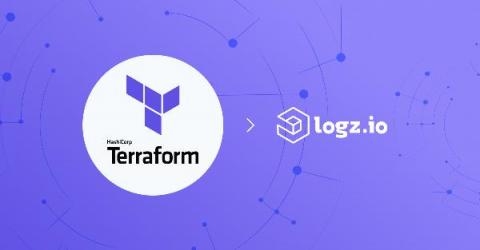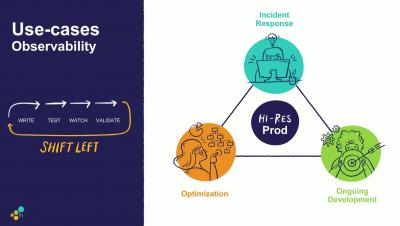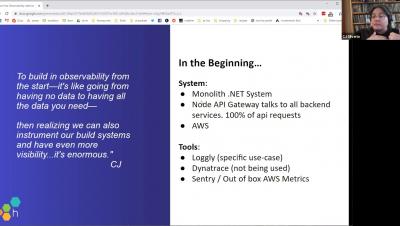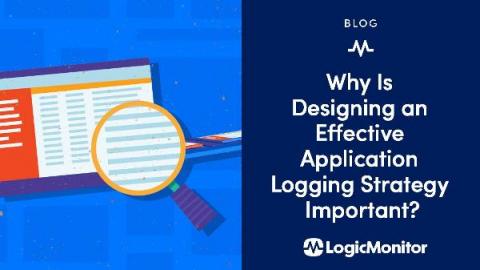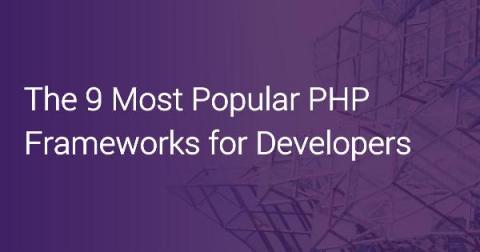Shipping Terraform Logs with the Logz.io Provider & API
Logz.io has deepened its partnership with Hashicorp over the last few months. Recently, we announced our integration with their service mesh, Hashicorp Consul. Simultaneously, we have worked on and completed an integration with their infrastructure orchestrator (a.k.a, infrastructure-as-code or IAC), Terraform. IACs take manual configurations and treats them as, well, code (along with procedures, build guides, run books, etc.).


